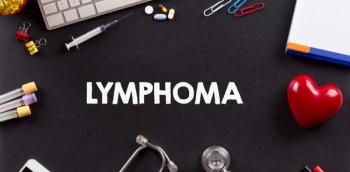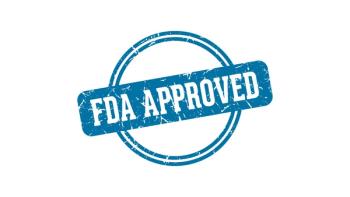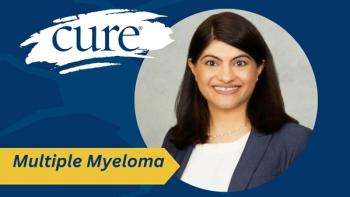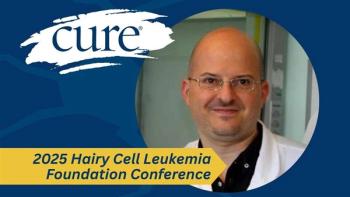
There Must Be Some Mistake
A five-year lesson in cancer, worry and hope.
Tumor cells fester silently beneath layers of nerves, muscle and bone. Stealthy, destructive and unchallenged, they pose as healthy cells while living the dream. Expanding inward, the mass grows quietly, deftly, like an insurgent camp inside my head. Eventually a few telltales appear: a strange itch and dull pain in one ear, a swollen neck gland and difficulty opening my jaw. These get the attention of specialists who say I have a common joint disease in the jaw.
For the next 18 months I follow their regimens of physical therapy, herbs, exercises, diet, and an oral orthotic device. The pain gradually gets worse. The jaw opening narrows further. The inner itch continues. As time wears on and frustrations grow, my emotions keep saying, “There must be some mistake.”
I then have an abrupt loss of hearing over the course of several weeks. An office exam reveals visible signs of a mass right in the ear canal. This is serious—and scary. MRI scans, tests and biopsies confirm a high-grade carcinoma that accounts for all of my symptoms. Rare, fast growing, and highly invasive, it is a longshot for treatment but is too deadly to leave alone.
Biopsies taken during a marathon 20-hour surgery reveal, as expected, that cancer cells remain fully intact in some of the bone tissue beyond the margins, or edges, of my operation. The results also show muscle and nerve invasion, but no malignancy is found in the 24 lymph nodes taken from my neck. There is room for both pessimism and hope.
Now four years removed from my cancer diagnosis, surgeries, infusions and radiation beams, feeling damaged but reconstructed, I still dread each new round of PET or MRI scans.
So far, every scan has shown “no definite evidence of new disease.” This is the very best news one can hope for given the limitations of modern imaging and the medico-legal language of modern healthcare. My chief surgeon phrases it so much better, recently saying, “This is a miracle.”
Bursts of joy and relief erupt with each clean scan, only to ebb and flow in time. I think the ebbs reflect doses of reality that temper my fondest hopes. Emotional memories recur of friends, loved ones and especially my father, whose memory is my primary role model for life. When I was a teenager, I watched and ached as he endured six months of cancer treatment, suffering and death. He did so with incredible strength, courage, dignity and grace.
One of the lessons I recall vividly is that our family tried to “hope for the best but prepare for the worst.” Just as the miraculous-but-cautious report of a clean scan surely raises my hopes, it can also rekindle a stubborn, smoldering fear that "there must be some mistake".





